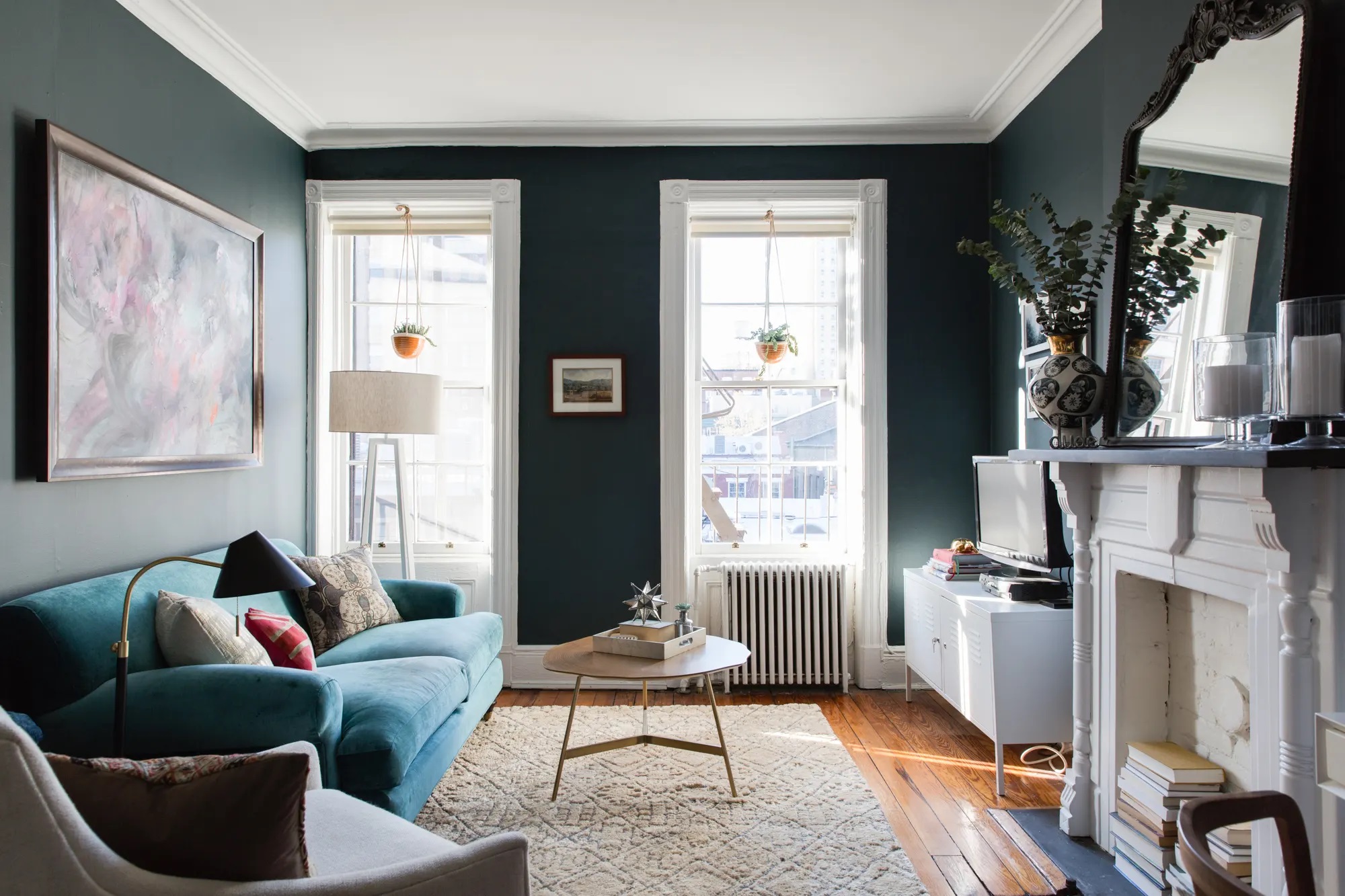Soundproofing a room can be an expensive and daunting task. However, with some DIY tips and tricks, you can achieve decent soundproofing without breaking the bank. Whether you’re a musician, podcaster, or just need a quieter space, the following guide will help you get started with DIY soundproofing.
Identify the Problem Areas
The first step in soundproofing a room is to identify the problem areas. This could be doors, windows, or walls that are letting in noise. Walk around your room and listen carefully to where the sound is coming from. You can also use a decibel meter to measure the sound levels in different areas of the room.
Once you have identified the problem areas, you can start working on soundproofing them. For example, if the sound is coming through a window, you can use soundproof curtains or seal the gaps with weatherstripping. If the sound is coming from a door, you can use a door sweep or install a soundproof door.
Use Soundproofing Materials
There are many soundproofing materials that you can use to reduce noise levels in your room. Some of these materials include acoustic panels, foam tiles, and mass-loaded vinyl. These materials can be expensive, but you can find affordable options online.
Acoustic panels are a great option for soundproofing a room. They are made of sound-absorbing materials and can be mounted on walls or ceilings. Foam tiles are another option that is more affordable than acoustic panels. They are made of foam and are easy to install.
Mass-loaded vinyl is another popular soundproofing material. It is a heavy vinyl sheet that can be used to cover walls, floors, and ceilings. It is effective at reducing noise levels and is also affordable.
Seal Gaps and Cracks
Gaps and cracks in your walls, doors, and windows can let in a lot of noise. To reduce noise levels, you need to seal these gaps and cracks. You can use weatherstripping, caulking, or acoustic sealant to seal these gaps.
Weatherstripping is a cheap and effective way to seal gaps around doors and windows. It is made of foam or rubber and can be easily installed. Caulking is another option that is more permanent than weatherstripping. It is a flexible material that can be used to seal gaps between walls and ceilings.
Acoustic sealant is a special type of sealant that is designed to reduce noise levels. It is a bit more expensive than regular caulking but is worth the investment if you want to achieve better soundproofing.
Rearrange Furniture
Believe it or not, rearranging your furniture can help with soundproofing. By moving your furniture around, you can create a more sound-absorbing environment. For example, you can place bookshelves or curtains along the walls to absorb sound.
You can also use furniture to create barriers between noisy areas and quiet areas. For example, you can place a couch or a bookshelf between the living room and the bedroom to reduce noise levels.
Use Heavy Curtains
Curtains can also play a role in soundproofing a room. Heavy curtains made of thick fabric can absorb sound and reduce noise levels. You can also use blackout curtains to block out light and sound.
When choosing curtains, look for ones that are made of thick fabric and have a tight weave. Avoid curtains made of sheer or lightweight fabric, as they won’t be as effective at reducing noise levels.
In conclusion, soundproofing a room doesn’t have to be expensive or complicated. With some DIY tips and tricks, you can achieve decent soundproofing without breaking the bank. Identify the problem areas, use soundproofing materials, seal gaps and cracks, rearrange furniture, and use heavy curtains to achieve better soundproofing. By following these tips, you can create a quieter, more peaceful space for yourself.

